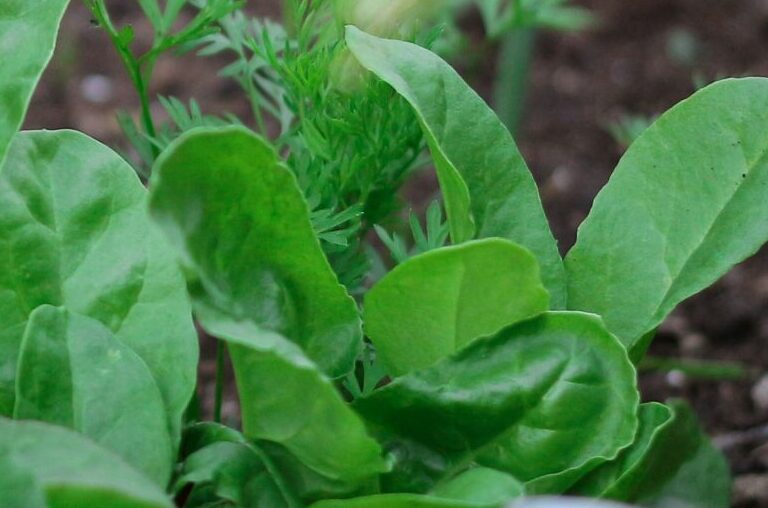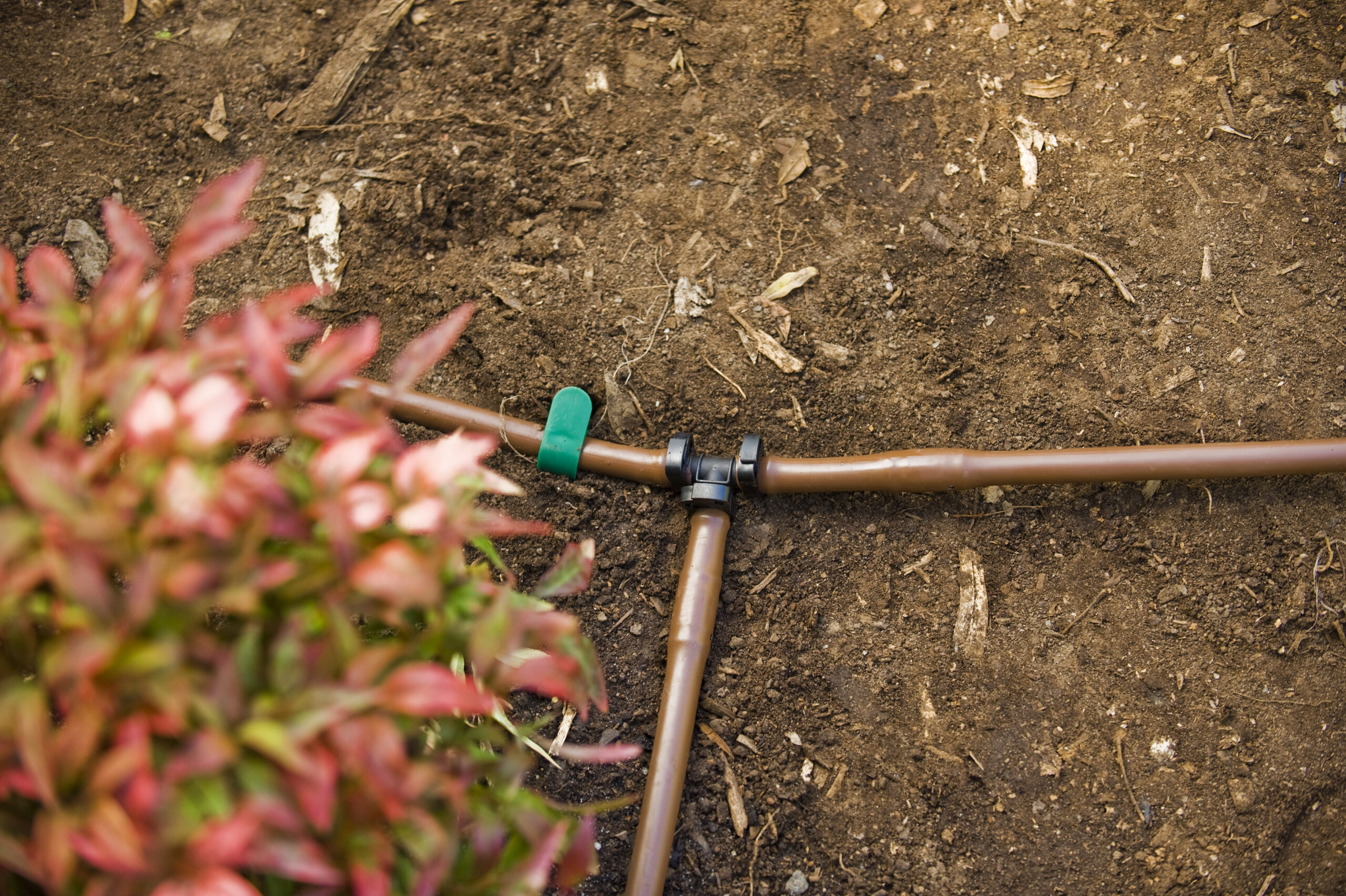Ground cover plants are a great way to enhance your garden while solving some of your landscaping issues. To make the most of them, there are a few things to consider:


Why use ground cover plants
You can use ground cover plants to:
-
make a border along a garden bed or wall
-
fill in large areas with a bold planting choice
-
cover a difficult site that’s rocky, on a slope or has poor soil
-
smother weeds
-
stop the soil from drying out
-
simply enjoy the design effect
They’re also handy in accessible areas, because once planted there’s little maintenance to worry about.

How to choose ground cover plants
Many low-growing plants that are useful in any garden can reinvent themselves as bold plantings to cover the ground. And they don’t even need to be flat-growing varieties, since low-spreading shrubs can also work to provide a mounded, cloud-like look.
Start by considering the leaf or flower colour you might like to favour – choose one for a bold effect or mix and match for contrast to create a tapestry.
Here are some colour options to try:
Grey/blue:
Lambs Ears, Ballota, Echeveria (succulent), Santolina, Blue Chalk Sticks, Chrysocephalum, Plectranthus, Thyme, Teucrium, Rhagodia, Grevillea spp, Euphorbia rigida.
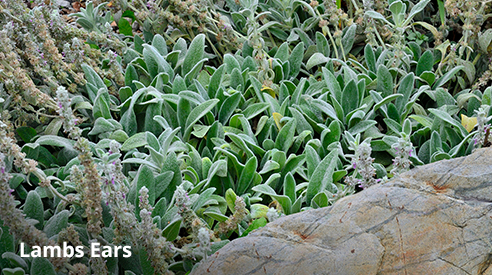
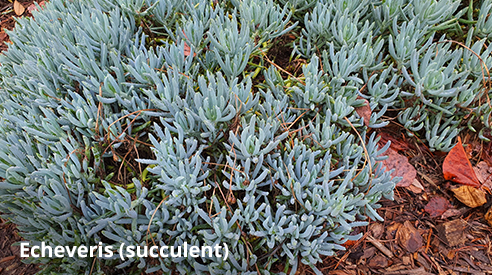


Green foliage:
Coprosma repens, Cotoneaster, Myoporum parvifolium, Grevillea obtusifolia, Osteospernum, Scaevola.
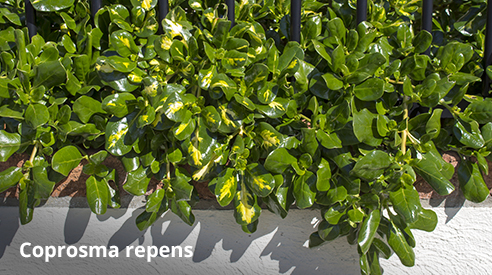
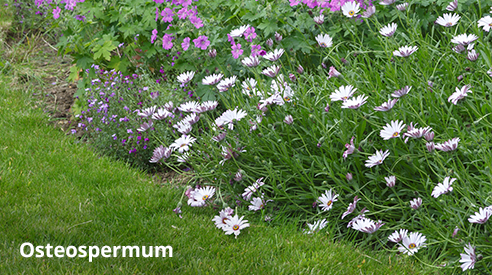


Red/purple foliage:
Alternanthera ‘Little Ruby’, Myoporum parvifolium purpurea, Tradescantia.
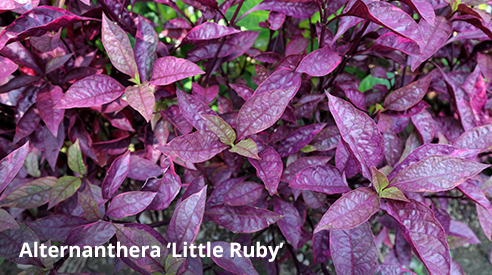
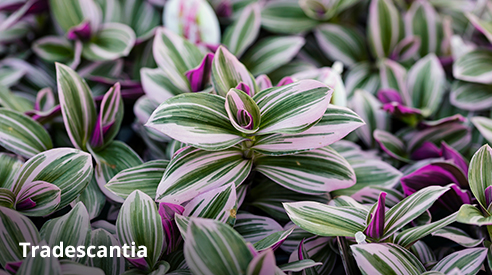


Whatever ground cover plants you choose to cover large and tricky areas, make sure they look good in any season and are low maintenance.
Also bear in mind that while a sea of beautiful ground cover might not stand out as the main feature – especially if you have a high vantage point – it can make a strong base for surrounding foliage, a little like a special rug.
For more inspiration, why not tour your neighbourhood and see what others have growing?
How to prepare for ground cover plants
Prepare the area to be planted by digging over and removing weeds. Add some organic fertiliser to give them a good start. Ask your local nursery about the best organic mix for your choice of ground cover plants, since it depends if it’s an exotic or a native species.
If you want to cover a steep slope, you’re best off planting varieties that cover a wide area. Some grevilleas, succulents like Carpobrotus and Mesembryanthemum (pigface), conifers like Juniperus conferta, and prostrate rosemary can cover 3m x 3m – so if you plant them at the top, they can cascade downwards and easily cover rocky and uneven surfaces easily.
For best results, check the plants’ soil needs before planting. In a dry climate, plant in autumn and top up with watering in the first summer.
Slow-flow drip tube, like Drip Eze is great for reducing run-off – and you can simply reduce or stop watering once the ground cover plants are established.

Pope’s DIY tip
Try Adjustable Flow Tricklers to wisely water your ground cover plants in garden beds and borders.
Grey/blue:
Lambs Ears, Ballota, Echeveria (succulent), Santolina, Blue Chalk Sticks, Chrysocephalum, Plectranthus, Thyme, Teucrium, Rhagodia, Grevillea spp, Euphorbia rigida.




Green foliage:
Coprosma repens, Cotoneaster, Myoporum parvifolium, Grevillea obtusifolia, Osteospernum, Scaevola.




Red/purple foliage:
Alternanthera ‘Little Ruby’, Myoporum parvifolium purpurea, Tradescantia.




Whatever ground cover plants you choose to cover large and tricky areas, make sure they look good in any season and are low maintenance.
Also bear in mind that while a sea of beautiful ground cover might not stand out as the main feature – especially if you have a high vantage point – it can make a strong base for surrounding foliage, a little like a special rug.
For more inspiration, why not tour your neighbourhood and see what others have growing?
Prepare the area to be planted by digging over and removing weeds. Add some organic fertiliser to give them a good start. Ask your local nursery about the best organic mix for your choice of ground cover plants, since it depends if it’s an exotic or a native species.
If you want to cover a steep slope, you’re best off planting varieties that cover a wide area. Some grevilleas, succulents like Carpobrotus and Mesembryanthemum (pigface), conifers like Juniperus conferta, and prostrate rosemary can cover 3m x 3m – so if you plant them at the top, they can cascade downwards and easily cover rocky and uneven surfaces easily.
For best results, check the plants’ soil needs before planting. In a dry climate, plant in autumn and top up with watering in the first summer.
Slow-flow drip tube, like Drip Eze is great for reducing run-off – and you can simply reduce or stop watering once the ground cover plants are established.









